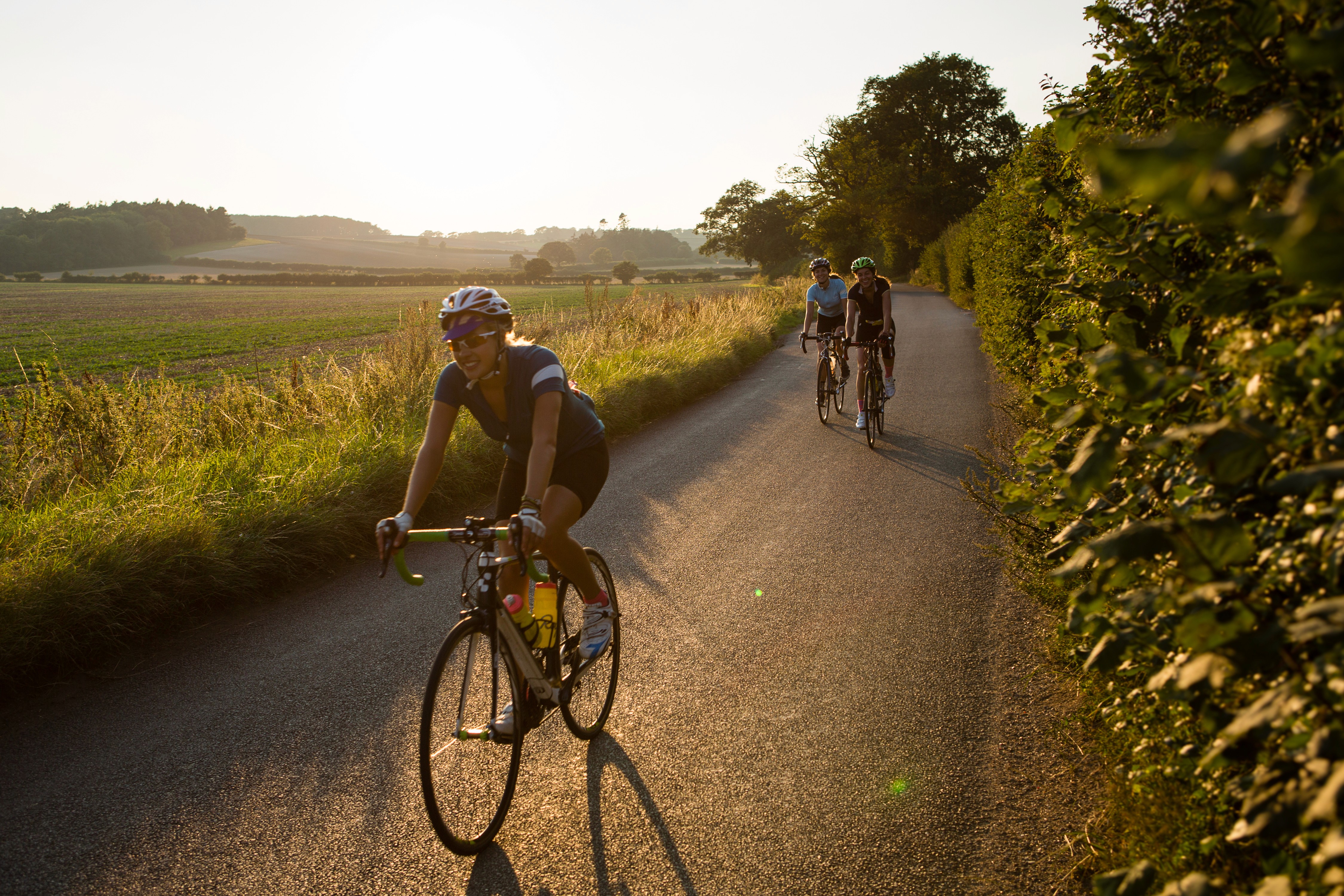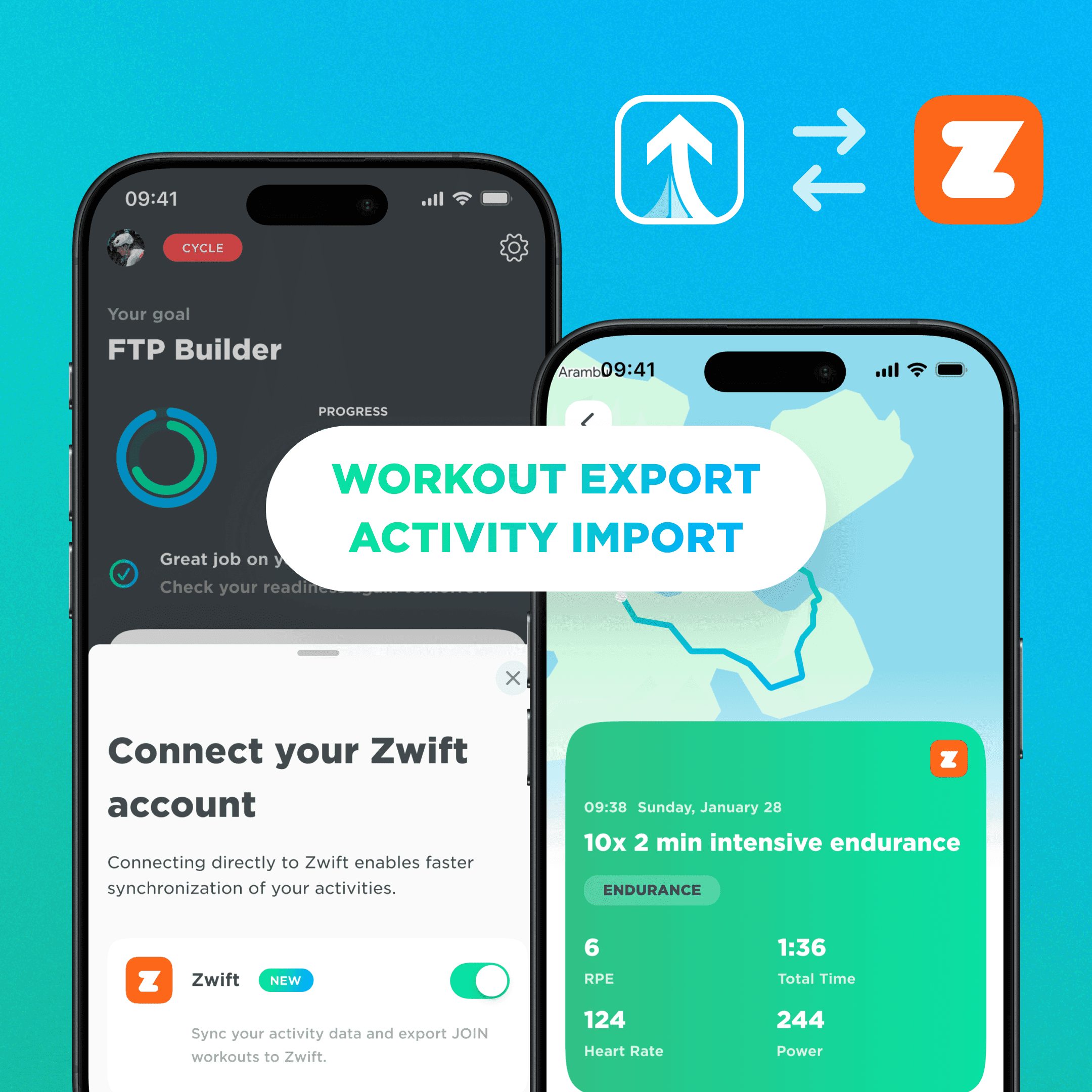Why can I not always compare my power and heart rate?

Mar 11, 2020

Why can I not always compare my power and heart rate?
Mar 11, 2020

Why can I not always compare my power and heart rate?

Mar 11, 2020

This is an important question that is not very easy to answer. Several factors play a role at both power and heart rate.
The problem with heart rate.
When the heart rate monitor was introduced for consumer use, the main goal was to increase the training efficiency. By measuring the heart rate, you got a much better idea of the impact and intensity of a workout on the body. In the era before the heart rate monitor, speed was used an an indicator of the intensity of a ride. This is obviously a very inaccurate way to determine the intensity because external circumstances play a major role. However, heart rate is also an indirect way of measuring the intensity of a workout. Heart rate is the body’s response to an effort. If this reaction is always the same, then heart rate would reflect the intensity of a workout perfectly. But it turns out that a large number of factors can influence the heart rate. Examples include stress, caffeine, altitude, recovery, sleep and time of day. All these factors affect your heart rate.
We explain this a little further. We take as an example a rider with an FTP of 250 W. When this rider cycles at a power of 200 W, this is below his maximum lactate steady state (MLSS) and he can maintain this intensity for quite a long time. Now the same rider is at high altitude (2500 meters above sea level). Contrary to what many people think there is the same amount of oxygen in the air here, only the air pressure is lower so the oxygen uptake in the lungs is lower. This means that the body has to work harder to supply the muscles with the same amount of oxygen. For this reason his heart rate is higher at the same power, and because less oxygen reaches the muscles, his FTP at altitude is also lower. The same goes for fatigue (lower heart rate at the same intensity) or caffeine consumption (higher heart rate).
The effect of blood volume on heart rate.
This example is fairly easy to understand, but there are more examples of factors that can throw the relationship between power and heart rate out of whack. For example, if you haven’t cycled for a while, your heart rate is probably high during the first few rides. Put differently, riding at a high intensity feels quite easy. This is because you are completely fresh and rested, but also because your blood volume decreases rapidly after not training for a few days. Due to the lower blood volume, your heart has to pump harder to deliver the same amount of blood to your muscles. Does this mean that heartbeat is totally worthless and that you should only look at power to determine the intensity of a workout? No, certainly not!
The body’s response to exercise.
The beauty of training with a heart rate monitor is that it is an objective way to measure the body’s response to exercise. Combining heart rate and power is a good method to see what your body does (power) and how your body reacts to it (heart rate). It gets even better if your feeling during a workout matches the numbers that appear on your bike computer! When you do an extensive endurance training, your heart rate is higher than normal and you don’t feel great? It could be that there is an illness lurking. Or maybe you have eaten too little or drank too much coffee. But if your heart rate is a bit higher than normal and you haven’t trained for a few days it could mean that you are well rested.
Looking at power and heart rate.
The combination of power, heart rate and your feeling gives the complete picture. Even power can vary due to the environment and conditions on the day. When all external factors are the same, such as your weekly indoor workout one hour after dinner, it gives you a reliable way to measure your workout load and see if you’ve made any progress. Be aware that your FTP will not change much from day to day. Don’t get tempted into upping the intensity of a training session when your heart rate is a bit lower than usual. Of course, it could be a sign of progress if you see a lower heart rate at the same power level, but it may also be due to other factors. The same goes for a higher heart rate at a certain power. As soon as you notice over a longer period of time that you can deliver more power at a certain heart rate, we can assume that this is a positive effect of training. But check if there is an upward trend in your workouts and don’t be fooled by a single workout in which you had a higher/lower heart rate at a certain power level. Heart rate can’t be compared 1-on-1 with power, so don’t jump to conclusions and always listen to your body.
This is an important question that is not very easy to answer. Several factors play a role at both power and heart rate.
The problem with heart rate.
When the heart rate monitor was introduced for consumer use, the main goal was to increase the training efficiency. By measuring the heart rate, you got a much better idea of the impact and intensity of a workout on the body. In the era before the heart rate monitor, speed was used an an indicator of the intensity of a ride. This is obviously a very inaccurate way to determine the intensity because external circumstances play a major role. However, heart rate is also an indirect way of measuring the intensity of a workout. Heart rate is the body’s response to an effort. If this reaction is always the same, then heart rate would reflect the intensity of a workout perfectly. But it turns out that a large number of factors can influence the heart rate. Examples include stress, caffeine, altitude, recovery, sleep and time of day. All these factors affect your heart rate.
We explain this a little further. We take as an example a rider with an FTP of 250 W. When this rider cycles at a power of 200 W, this is below his maximum lactate steady state (MLSS) and he can maintain this intensity for quite a long time. Now the same rider is at high altitude (2500 meters above sea level). Contrary to what many people think there is the same amount of oxygen in the air here, only the air pressure is lower so the oxygen uptake in the lungs is lower. This means that the body has to work harder to supply the muscles with the same amount of oxygen. For this reason his heart rate is higher at the same power, and because less oxygen reaches the muscles, his FTP at altitude is also lower. The same goes for fatigue (lower heart rate at the same intensity) or caffeine consumption (higher heart rate).
The effect of blood volume on heart rate.
This example is fairly easy to understand, but there are more examples of factors that can throw the relationship between power and heart rate out of whack. For example, if you haven’t cycled for a while, your heart rate is probably high during the first few rides. Put differently, riding at a high intensity feels quite easy. This is because you are completely fresh and rested, but also because your blood volume decreases rapidly after not training for a few days. Due to the lower blood volume, your heart has to pump harder to deliver the same amount of blood to your muscles. Does this mean that heartbeat is totally worthless and that you should only look at power to determine the intensity of a workout? No, certainly not!
The body’s response to exercise.
The beauty of training with a heart rate monitor is that it is an objective way to measure the body’s response to exercise. Combining heart rate and power is a good method to see what your body does (power) and how your body reacts to it (heart rate). It gets even better if your feeling during a workout matches the numbers that appear on your bike computer! When you do an extensive endurance training, your heart rate is higher than normal and you don’t feel great? It could be that there is an illness lurking. Or maybe you have eaten too little or drank too much coffee. But if your heart rate is a bit higher than normal and you haven’t trained for a few days it could mean that you are well rested.
Looking at power and heart rate.
The combination of power, heart rate and your feeling gives the complete picture. Even power can vary due to the environment and conditions on the day. When all external factors are the same, such as your weekly indoor workout one hour after dinner, it gives you a reliable way to measure your workout load and see if you’ve made any progress. Be aware that your FTP will not change much from day to day. Don’t get tempted into upping the intensity of a training session when your heart rate is a bit lower than usual. Of course, it could be a sign of progress if you see a lower heart rate at the same power level, but it may also be due to other factors. The same goes for a higher heart rate at a certain power. As soon as you notice over a longer period of time that you can deliver more power at a certain heart rate, we can assume that this is a positive effect of training. But check if there is an upward trend in your workouts and don’t be fooled by a single workout in which you had a higher/lower heart rate at a certain power level. Heart rate can’t be compared 1-on-1 with power, so don’t jump to conclusions and always listen to your body.
This is an important question that is not very easy to answer. Several factors play a role at both power and heart rate.
The problem with heart rate.
When the heart rate monitor was introduced for consumer use, the main goal was to increase the training efficiency. By measuring the heart rate, you got a much better idea of the impact and intensity of a workout on the body. In the era before the heart rate monitor, speed was used an an indicator of the intensity of a ride. This is obviously a very inaccurate way to determine the intensity because external circumstances play a major role. However, heart rate is also an indirect way of measuring the intensity of a workout. Heart rate is the body’s response to an effort. If this reaction is always the same, then heart rate would reflect the intensity of a workout perfectly. But it turns out that a large number of factors can influence the heart rate. Examples include stress, caffeine, altitude, recovery, sleep and time of day. All these factors affect your heart rate.
We explain this a little further. We take as an example a rider with an FTP of 250 W. When this rider cycles at a power of 200 W, this is below his maximum lactate steady state (MLSS) and he can maintain this intensity for quite a long time. Now the same rider is at high altitude (2500 meters above sea level). Contrary to what many people think there is the same amount of oxygen in the air here, only the air pressure is lower so the oxygen uptake in the lungs is lower. This means that the body has to work harder to supply the muscles with the same amount of oxygen. For this reason his heart rate is higher at the same power, and because less oxygen reaches the muscles, his FTP at altitude is also lower. The same goes for fatigue (lower heart rate at the same intensity) or caffeine consumption (higher heart rate).
The effect of blood volume on heart rate.
This example is fairly easy to understand, but there are more examples of factors that can throw the relationship between power and heart rate out of whack. For example, if you haven’t cycled for a while, your heart rate is probably high during the first few rides. Put differently, riding at a high intensity feels quite easy. This is because you are completely fresh and rested, but also because your blood volume decreases rapidly after not training for a few days. Due to the lower blood volume, your heart has to pump harder to deliver the same amount of blood to your muscles. Does this mean that heartbeat is totally worthless and that you should only look at power to determine the intensity of a workout? No, certainly not!
The body’s response to exercise.
The beauty of training with a heart rate monitor is that it is an objective way to measure the body’s response to exercise. Combining heart rate and power is a good method to see what your body does (power) and how your body reacts to it (heart rate). It gets even better if your feeling during a workout matches the numbers that appear on your bike computer! When you do an extensive endurance training, your heart rate is higher than normal and you don’t feel great? It could be that there is an illness lurking. Or maybe you have eaten too little or drank too much coffee. But if your heart rate is a bit higher than normal and you haven’t trained for a few days it could mean that you are well rested.
Looking at power and heart rate.
The combination of power, heart rate and your feeling gives the complete picture. Even power can vary due to the environment and conditions on the day. When all external factors are the same, such as your weekly indoor workout one hour after dinner, it gives you a reliable way to measure your workout load and see if you’ve made any progress. Be aware that your FTP will not change much from day to day. Don’t get tempted into upping the intensity of a training session when your heart rate is a bit lower than usual. Of course, it could be a sign of progress if you see a lower heart rate at the same power level, but it may also be due to other factors. The same goes for a higher heart rate at a certain power. As soon as you notice over a longer period of time that you can deliver more power at a certain heart rate, we can assume that this is a positive effect of training. But check if there is an upward trend in your workouts and don’t be fooled by a single workout in which you had a higher/lower heart rate at a certain power level. Heart rate can’t be compared 1-on-1 with power, so don’t jump to conclusions and always listen to your body.
More Relevant Articles
Discover valuable training tips to enhance your cycling performance.
More Relevant Articles
Discover valuable training tips to enhance your cycling performance.
More Relevant Articles
Discover valuable training tips to enhance your cycling performance.

Unlock Your Cycling Potential Today
Join thousands of cyclists who have improved their performance with JOIN's training plans.
Probeer het nu
Meer Informatie

Unlock Your Cycling Potential Today
Join thousands of cyclists who have improved their performance with JOIN's training plans.
By joining, you agree to our Terms and Conditions and our Privacy Policy.

Unlock Your Cycling Potential Today
Join thousands of cyclists who have improved their performance with JOIN's training plans.
By joining, you agree to our Terms and Conditions and our Privacy Policy.
Join Now
Join Now



